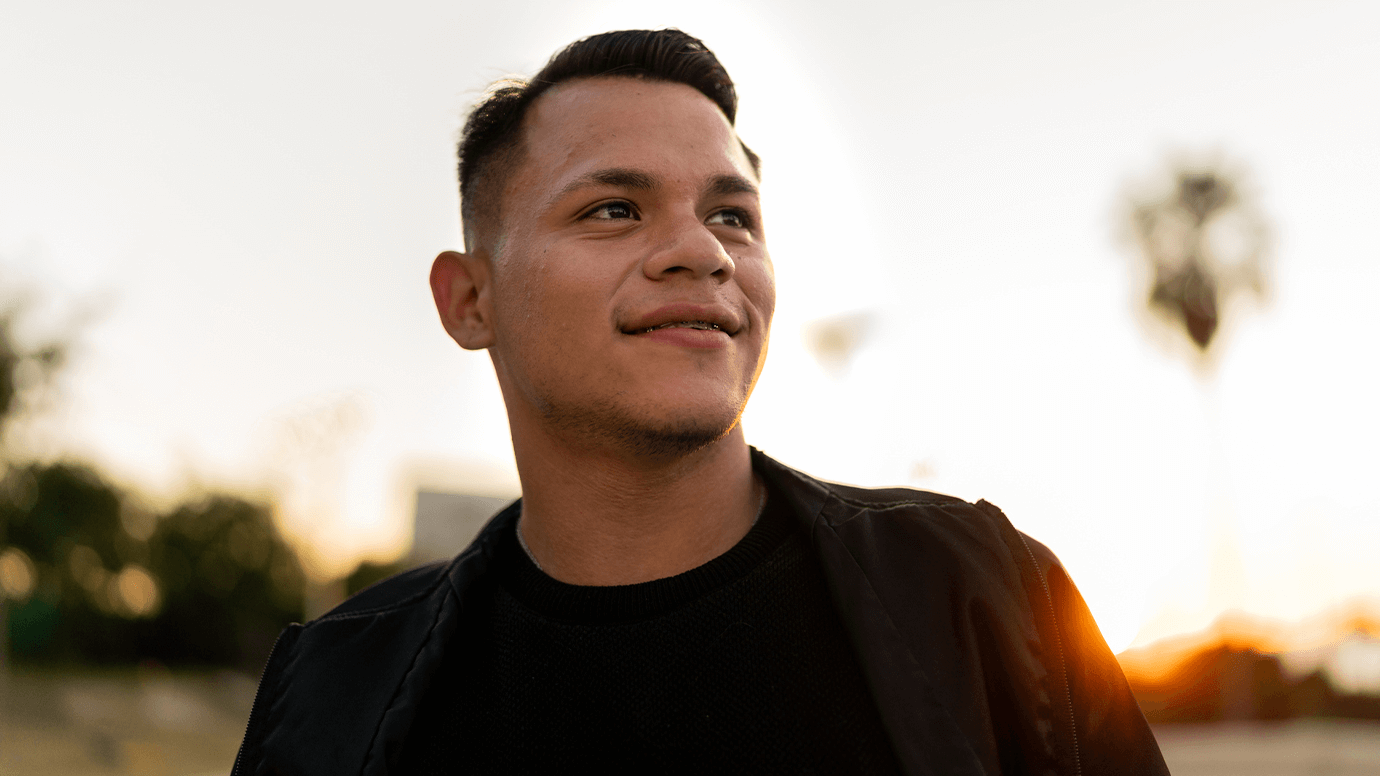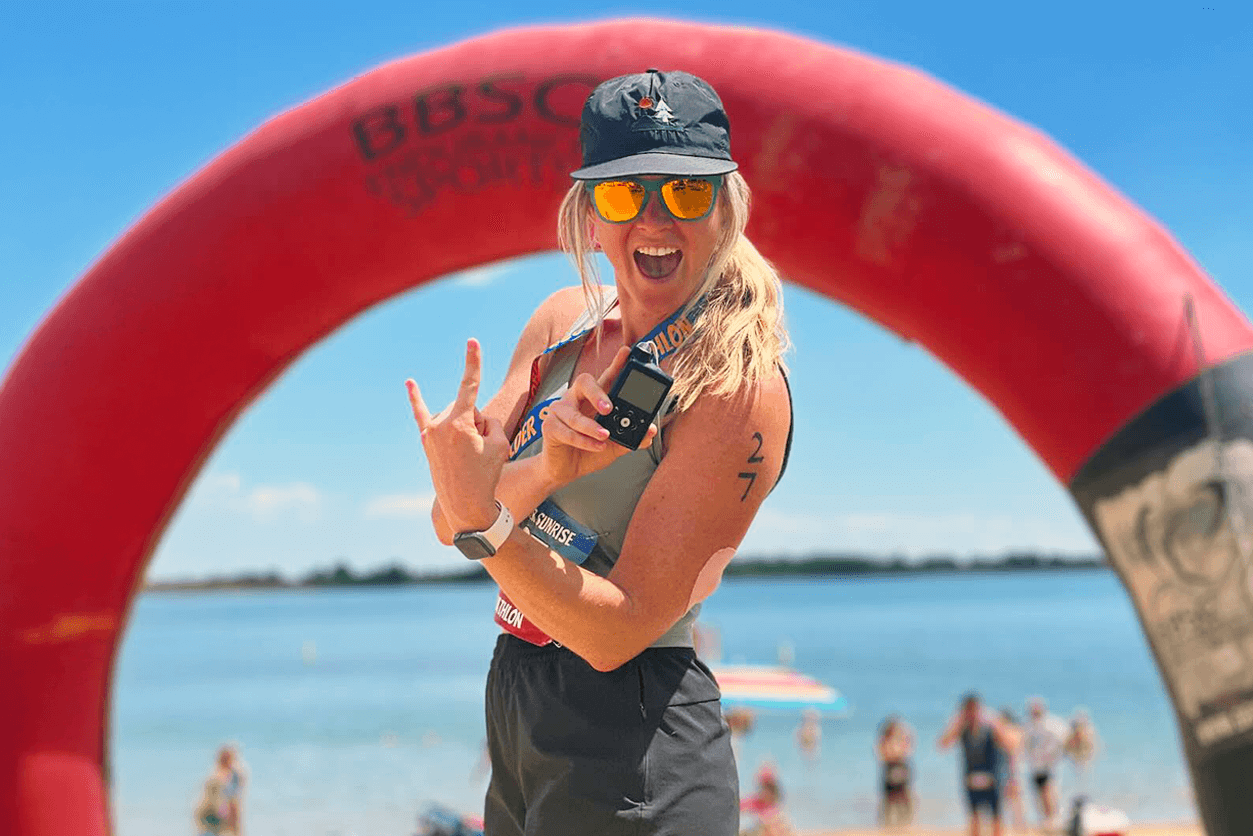The Emotional Hangover After a Low: Why It Happens and What to Do
Written by: Daniel Trecroci
4 minute read
October 16, 2025
Living with diabetes means managing more than just numbers. It also sometimes means navigating the emotional hangover after a low.
If you’ve ever felt drained, anxious or just “off” after a low, you’re not alone. This emotional hangover is real. And it deserves care, not just correction.
This article will cover:
- What an emotional hangover after a low feels like.
- Why these symptoms happen—even after glucose rebounds.
- How to recover emotionally and physically.
- Tips for calming your body and mind post-low.
- How glucagon can support recovery, not just emergencies.
What can happen after a low blood sugar?
A low blood sugar episode can feel like a storm. But even after your glucose rebounds and is back in a safe range, your body and brain may still feel shaken. This is the emotional hangover.
Common symptoms include:
- Fatigue, even after resting
- Anxiety or a sense of dread
- Irritability or mood swings
- Feeling tearful or overwhelmed
- Brain fog or trouble focusing
These symptoms aren’t weakness. They’re simply your body’s way of saying, “Whoa, that was intense.”
Why an emotional hangover after a low happens
Your body just went into survival mode. It flooded you with stress hormones to keep you safe.
Adrenaline and cortisol spike during a low. They don’t disappear the moment your glucose rises.
That lingering stress can:
- Disrupt your sleep
- Heighten emotions
- Make you feel unsafe, even when you’re OK
And if you’ve had scary lows before, your brain remembers. That memory can trigger fear, even when the danger has passed.
“Even when your blood sugar is back in range, your body’s still catching up,” says Melanie Batchelor, MHS, RD, LDN, CDCES. “That stress response doesn’t shut off instantly—it lingers, and that’s what makes the emotional hangover feel so real.”
You’re not overreacting—You’re recovering
It’s easy to feel guilty for needing time to bounce back. But recovery isn’t just physical. It’s emotional too.
Give yourself permission to:
- Pause and breathe.
- Cancel or reschedule plans.
- Ask for support.
- Be gentle with your thoughts.
You’re not being dramatic. You’re healing.
How to feel better after a low
Recovery takes intention. Here’s what can help:
- Rehydrate with water or an electrolyte drink
- Eat a balanced snack with protein and fat
- Rest in a quiet, safe space
- Text a friend or loved one
- Try deep breathing or grounding exercises
- Journal what happened and how you feel
Above all, it’s important not to power through like nothing happened. Your body just did a lot of work. Let it rest.
Glucagon: Not just for emergencies
If you’ve dealt with scary low blood sugar episodes before, glucagon is even more vital to have on hand. Knowing you have a life-saving intervention close if needed can help you feel safer.
And you can use glucagon before the true emergency hits, when you can start to tell that fast-acting glucose may not be enough for a particular low.
Think of it as a safety net, not a last resort. Having it nearby can ease anxiety and build confidence.
You are not alone
Every person with diabetes has felt the weight of a low. The fear. The frustration. The fatigue. But you’re not weak. You’re resilient. And every recovery is a reminder of your strength.
Keep glucagon close. You’ve got this. And you’re worth every ounce of care.
This content was made possible by Xeris Pharmaceuticals, an active partner of Beyond Type 1. Beyond Type 1 maintains editorial control over its content.
Related Resources
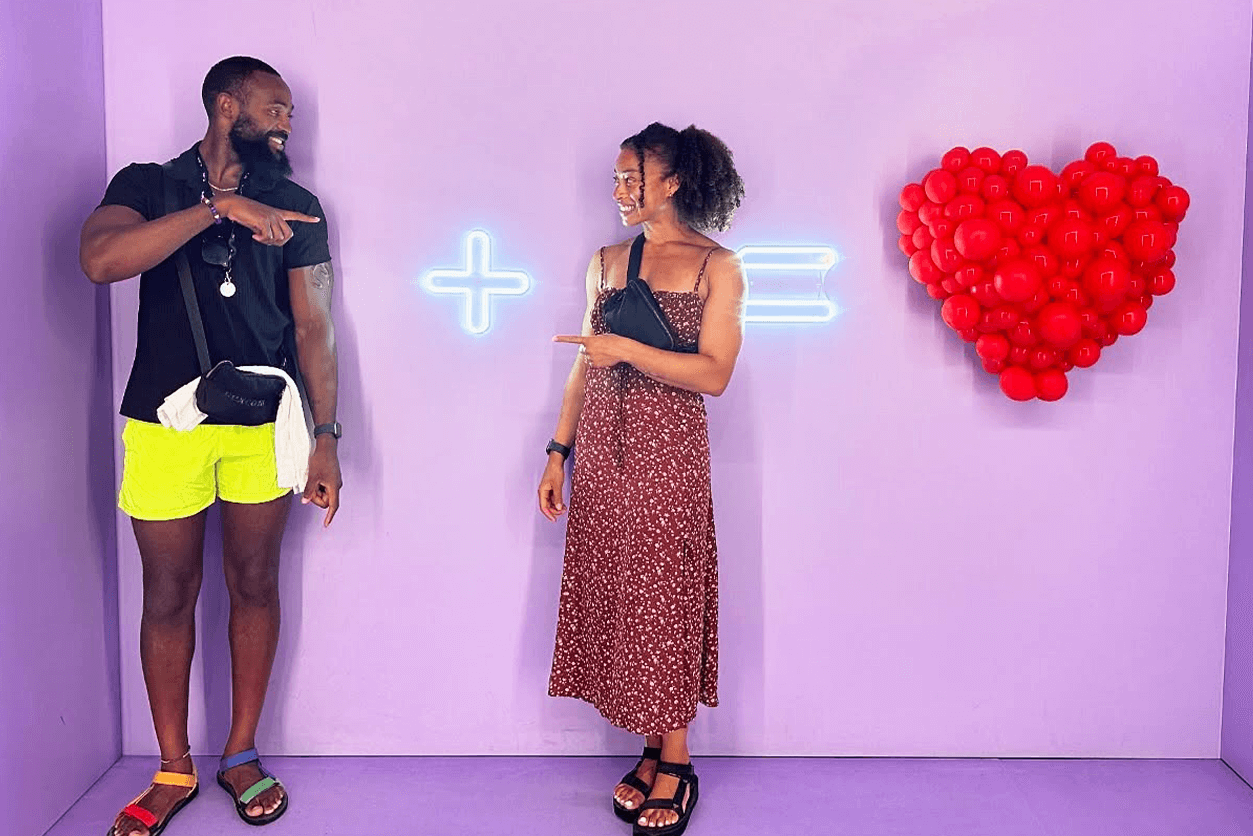
When Nia Cannady stood on the sidelines of the New York City Marathon last year,...
Read more
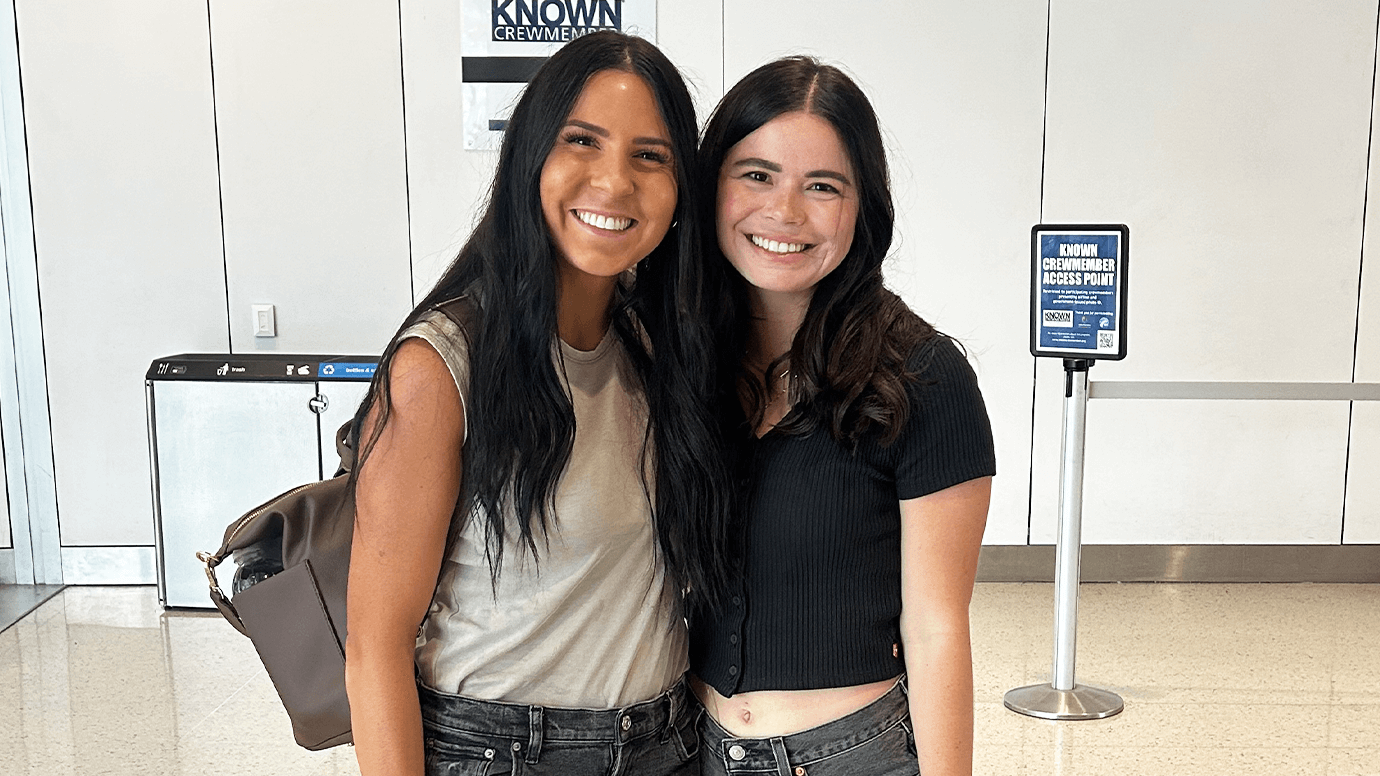
Two runners, one diagnosis and a friendship that turns every mile into a shared triumph:...
Read more
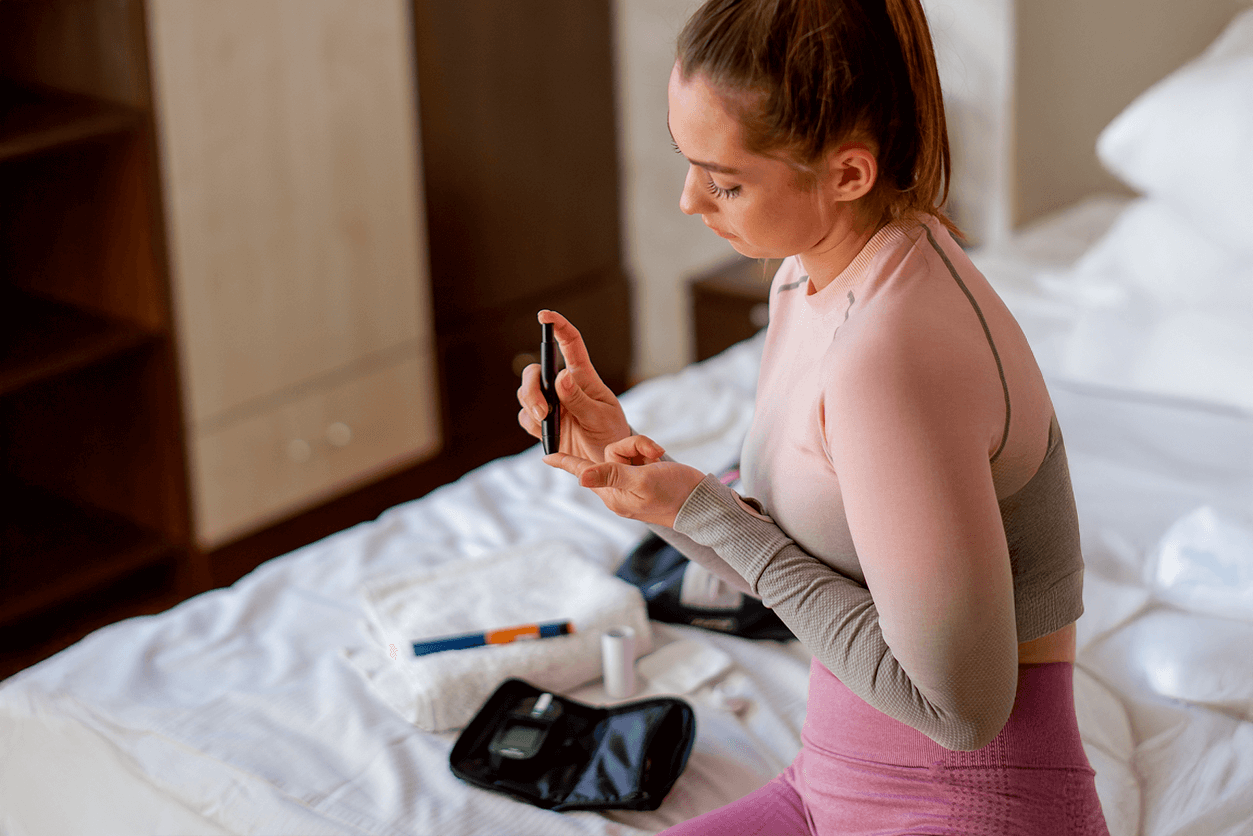
You count your carbs. You time your insulin. You choose the right foods. You stay...
Read more
